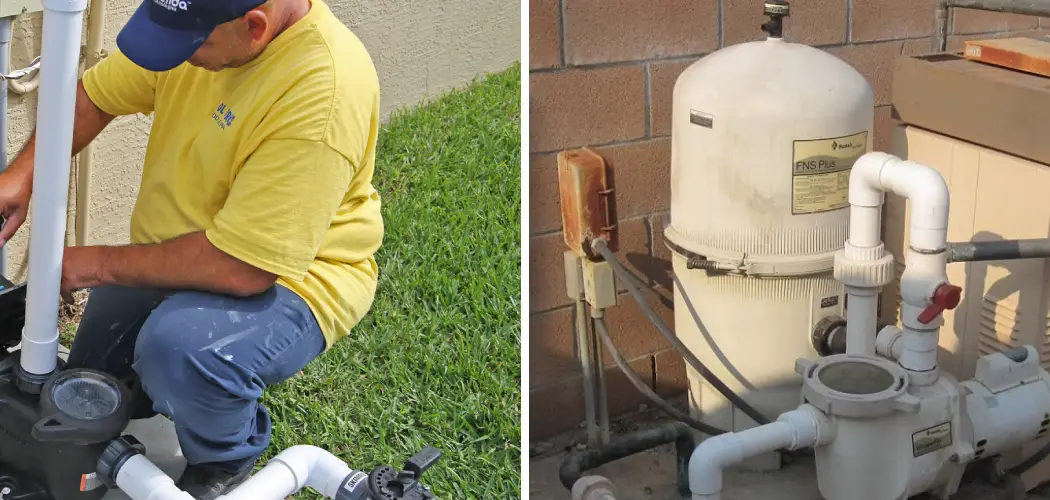Rebuilding a pool pump can be tough, but with the right knowledge and tools, you can get it done without too much of effort. Whether you’re looking to save money on repairs or simply want a project to work on, this guide will give you all the information and tips needed to successfully rebuild your pool pump from scratch.
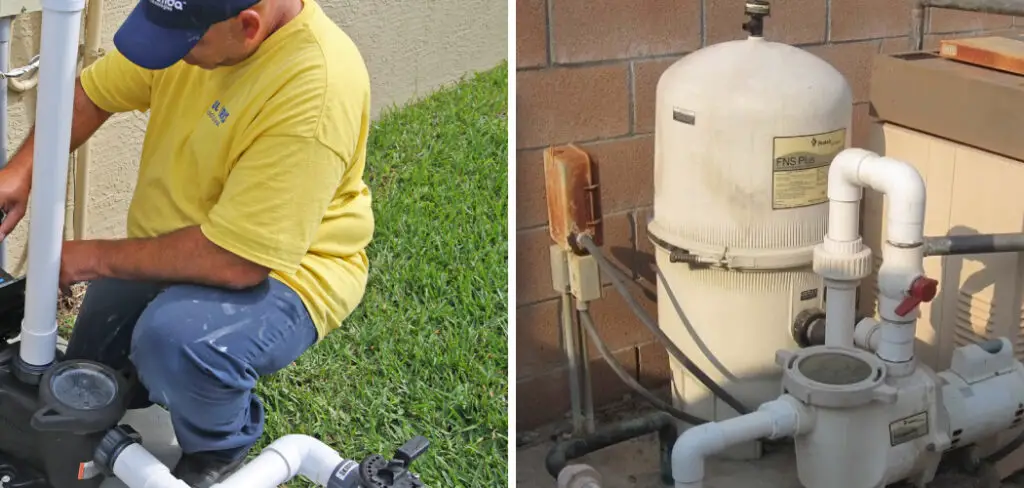
With detailed step-by-step instructions on each stage of the process – including disassembling your old pump, sourcing parts that are needed for replacement, testing connections upon installation, and making sure everything is working as it should – we’ll make sure that your pool pump rebuilding experience is as smooth and painless as possible! So if you’re ready to roll up your sleeves and dive into some DIY action, then read on for our comprehensive guide on how to rebuild a pool pump!
Step-by-step Guidelines on How to Rebuild a Pool Pump
Step 1: Disassembling your Pool Pump
The first step in rebuilding your pool pump is to disassemble it carefully. This will involve turning off the power supply and draining the water from the pump. Once you have done this, remove the pump cover and inspect the impeller, diffuser, and other parts for any signs of wear or damage. Make sure to take pictures or make notes of the order in which the parts were taken off, as this will help in reassembling later.
Step 2: Sourcing Replacement Parts
After inspecting all the parts, you may find that some need to be replaced. It is important to source high-quality replacement parts from a reputable supplier. Make sure to match the make and model of your pump with the correct parts to ensure compatibility. This will also help in avoiding any further issues with the pump in the future.
Step 3: Reassembling the Pump
Once you have all the necessary replacement parts, it’s time to reassemble your pool pump. Follow the notes or pictures taken during disassembly to ensure that everything is put back in its correct order. Tighten all screws and connections properly and double-check that everything is securely in place. While reassembling, make sure to clean any debris or buildup from the pump housing to ensure proper functioning.
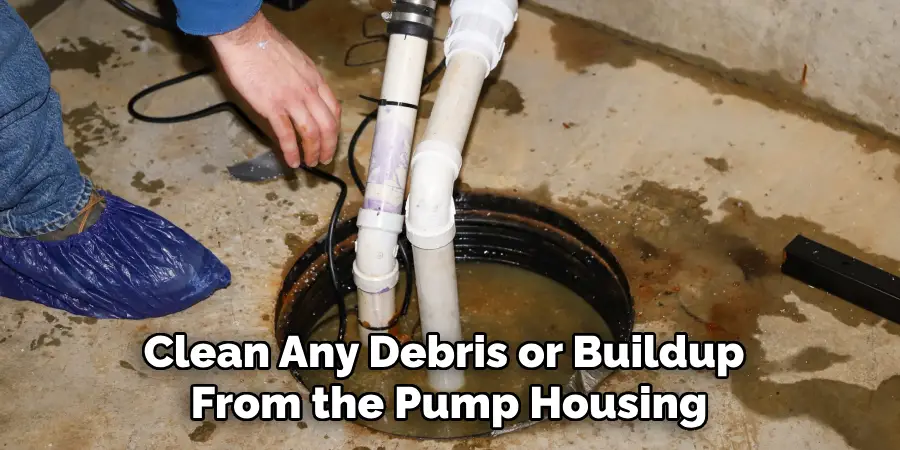
Step 4: Testing the Pump
After reassembling, it’s important to test the pump before reinstalling it. Fill the pump with water and turn on the power supply. Check for any leaks or unusual noises coming from the pump. If everything seems to be running smoothly, you can continue with installation. Make sure to follow the manufacturer’s guidelines for proper installation.
Step 5: Maintenance and Care
To ensure your rebuilt pool pump lasts, it’s important to regularly maintain and care for it. This includes cleaning the pump frequently, checking for any leaks or damage, and replacing any worn-out parts as needed. Proper maintenance will not only keep your pool pump running smoothly but can also save you from having to rebuild it again in the future.
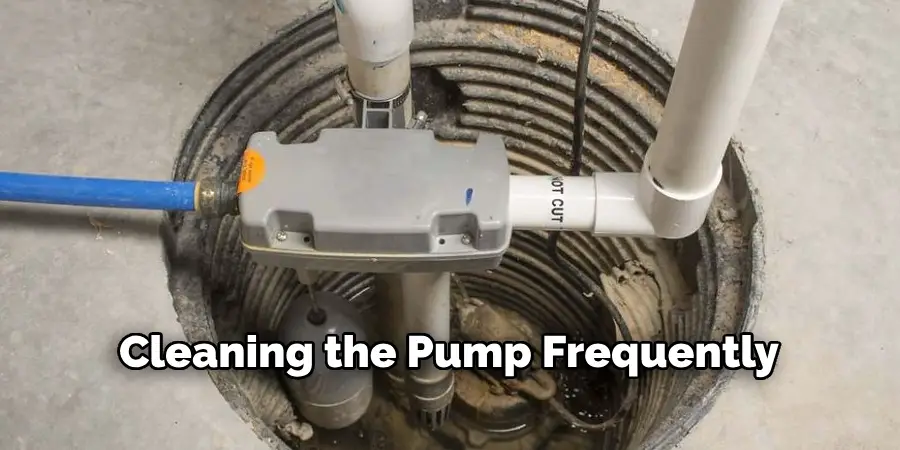
Following these step-by-step guidelines and taking proper care of your pool pump will ensure that it continues to function efficiently for years to come. Rebuilding a pool pump may seem like a daunting task, but with the right knowledge and precautions, it can be a satisfying DIY project that saves you money in the long run. So don’t be afraid to take on the challenge and give your pool pump a new lease on life! So go ahead, grab your tools, and get started on rebuilding your pool pump today! Good luck!
Additional Tips and Tricks to Rebuild a Pool Pump
1. When rebuilding a pool pump, it is important to make sure that you have all the necessary tools and replacement parts before starting the process. This will save you time and frustration in case something is missing.
2. Before disassembling the pool pump, take a picture of its current state. This will help you remember how everything was assembled and can be used as a reference when putting it back together.
3. Clean all the parts of the pool pump thoroughly before reassembling. Use a degreaser or soapy water to remove any dirt, grime, or buildup that may affect its performance.
4. Inspect all the replacement parts carefully before installing them. Make sure they are the correct size and fit properly with the other components. If you notice any defects, it is best to exchange them before proceeding.
5. When reconnecting electrical components, make sure all wires are properly connected and secured. Use waterproof wire connectors to prevent any water damage.
6. Apply a thin layer of lubricant on the o-rings and gaskets before assembling them. This will ensure a tight seal and prevent leaks.
7. Test your pool pump before fully reassembling it. Fill the pump with water and turn it on to check for any leaks or abnormal noises.
8. If you have a multi-speed or variable-speed pool pump, make sure to program it correctly according to your specific needs and usage patterns.
9. Regular maintenance is key to prolonging the life of your rebuilt pool pump. Make sure to clean and inspect it at least once a year, and replace any worn-out parts as needed.
10. If you are not confident in your ability to rebuild a pool pump, it is best to hire a professional for the job. This will ensure that the pump is rebuilt correctly and will save you time and potential costly mistakes.
By following these additional tips and tricks, you can ensure a successful rebuild of your pool pump and enjoy a well-functioning pool for years to come. Remember to always prioritize safety and follow manufacturer instructions when rebuilding any equipment. Happy swimming! So, this is it, folks, we hope you found this guide helpful in rebuilding your pool pump. With the right tools, knowledge, and patience, you can save money by taking on this task yourself. Just remember to take your time, be thorough, and always prioritize safety. Here’s to a well-maintained and enjoyable pool season!
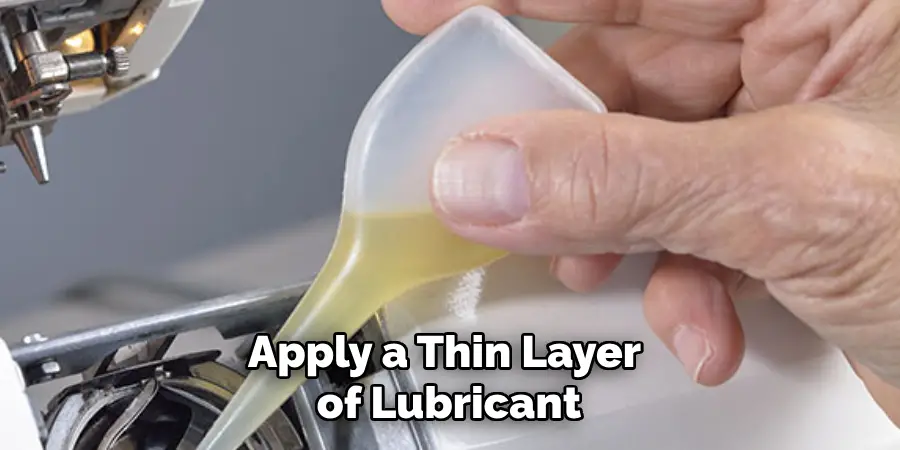
Common Mistakes to Avoid for Building a Pool Pump
1. Choosing the Wrong Pump Size:
When it comes to building a pool pump, one of the most common mistakes people make is choosing the wrong size. Some may opt for a smaller pump to save money or a larger pump thinking it will provide better performance. However, using an undersized or oversized pump can lead to various problems such as low water flow, inefficient heating, and even damage to the pump itself. It is essential to carefully consider the size of your pool and its specific requirements before purchasing a pump.
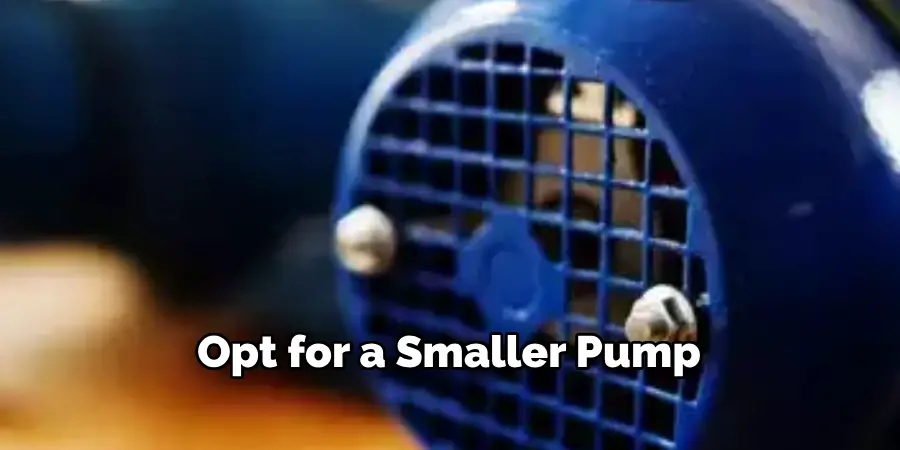
2. Incorrect Installation:
Proper installation is crucial for the optimal functioning of a pool pump. One common mistake people make is not priming the pump before use. Priming helps remove any air from the system, ensuring that water can flow freely through the pump. Another mistake is not securely fastening the pump to its base, which can lead to excessive vibration and even damage to the pump components.
3. Neglecting Maintenance:
Like any other mechanical equipment, a pool pump requires regular maintenance to ensure it operates efficiently and prolongs its lifespan. Many people neglect routine maintenance tasks such as cleaning or replacing the pump’s filter, checking and adjusting the chemical levels in the pool, and inspecting for any leaks or damages. These tasks may seem minor, but neglecting them can result in costly repairs or replacements in the future.
4. Not Considering Energy Efficiency:
Pool pumps can consume a significant amount of energy, and over time this can impact your electricity bill significantly. Many people overlook the importance of energy efficiency when purchasing a pool pump, opting for cheaper models that may consume more power in the long run. It is essential to consider the pump’s horsepower and energy rating before making a purchase to ensure you are getting an efficient and cost-effective option.
5. Using Low-Quality Parts:
In an attempt to save money, some people may opt for low-quality replacement parts when repairing their pool pump. However, using substandard parts can result in poor performance and may even cause further damage to the pump. It is crucial to use high-quality, manufacturer-recommended parts when repairing or replacing components of your pool pump.
By avoiding these common mistakes, you can ensure that your pool pump operates efficiently and lasts for years to come. Remember to carefully consider the size and energy efficiency of your pump, properly install and maintain it, and use high-quality parts for any repairs or replacements. By doing so, you will save yourself time, money, and hassle in the long run. So if you’re planning to rebuild your pool pump, keep these tips in mind to avoid any potential issues and enjoy a clean, well-maintained pool. Happy swimming!
Frequently Asked Questions
How Often Should I Rebuild My Pool Pump?
It is recommended to rebuild your pool pump every 3-5 years, depending on usage and maintenance. If you notice any decrease in performance, strange noises, or leaks, it may be time for a rebuild. Regular maintenance, such as cleaning and replacing worn parts, can also extend the lifespan of your pool pump.
What Are the Benefits of Rebuilding My Pool Pump?
Rebuilding your pool pump can improve its overall efficiency and performance. It can also save you money in the long run by preventing costly repairs or replacement of the entire pump. Additionally, rebuilding helps to maintain a clean and healthy pool by ensuring proper filtration and circulation.
Can I Rebuild My Pool Pump Myself?
If you have experience and knowledge in pool pump maintenance, you may be able to rebuild your pool pump yourself. However, it is recommended to hire a professional for the job to ensure proper installation of new parts and avoid any potential damages.
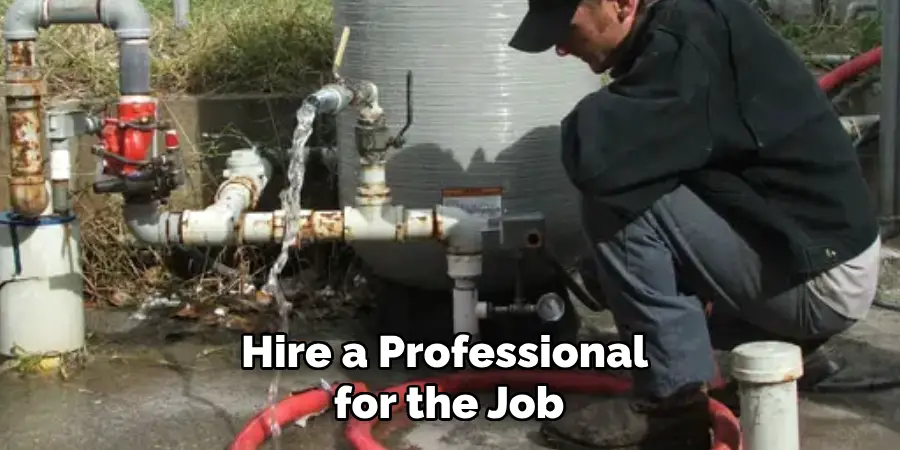
What Parts Do I Need for a Pool Pump Rebuild?
The specific parts needed for a pool pump rebuild will vary depending on the make and model of your pump. However, some common parts that may need to be replaced include seals, o-rings, gaskets, bearings, impellers, and motor components. It is best to consult a professional or refer to your pump’s manual for a comprehensive list of necessary parts.
How Can I Tell If My Pool Pump Needs to Be Rebuilt?
Signs that your pool pump may need a rebuild include decreased performance, strange noises, leaks, or if it is constantly tripping the circuit breaker. Additionally, regular maintenance checks can help identify any worn or damaged parts that may require replacement.
Conclusion
Now you know how to rebuild a pool pump and the importance of regular maintenance for its longevity. By following these tips, you can ensure your pool pump is always running smoothly and efficiently, providing you with a clean and enjoyable swimming experience. Don’t hesitate to seek professional help if needed, as it can save you time, money, and potential damages in the long run. Remember to schedule regular maintenance checks and rebuilds every few years to keep your pool pump in top shape. Happy swimming!
About
Outdoor Fixes is a distinguished figure in the world of Diy design, with a decade of expertise creating innovative and sustainable Diy solutions.
His professional focus lies in merging traditional craftsmanship with modern manufacturing techniques,
fostering designs that are both practical and environmentally conscious. As the author of diy,
outdoorfixes delves into the art and science of outdoorfixes-making, inspiring artisans and industry professionals alike.
Education RMIT University
(Melbourne, Australia) Associate Degree in Design (Outdoor Fixes) Focus on sustainable design, industry-driven projects,
and practical craftsmanship. Gained hands-on experience with traditional and digital manufacturing tools, such as CAD and CNC software.
Nottingham Trent University
(United Kingdom) Bachelor’s in outdoorfixes.com and Product Design (Honors) Specialized in product design with a focus on blending creativity with production
techniques. Participated in industry projects, working with companies like John Lewis and Vitsoe to gain real-world insights.
Publications and Impact
In diy, Outdoor Fixes his insights on indoor design processes, materials, and strategies for efficient production.
His writing bridges the gap between artisan knowledge and modern industry needs, making it a must-read for both budding designers and seasoned professionals.

